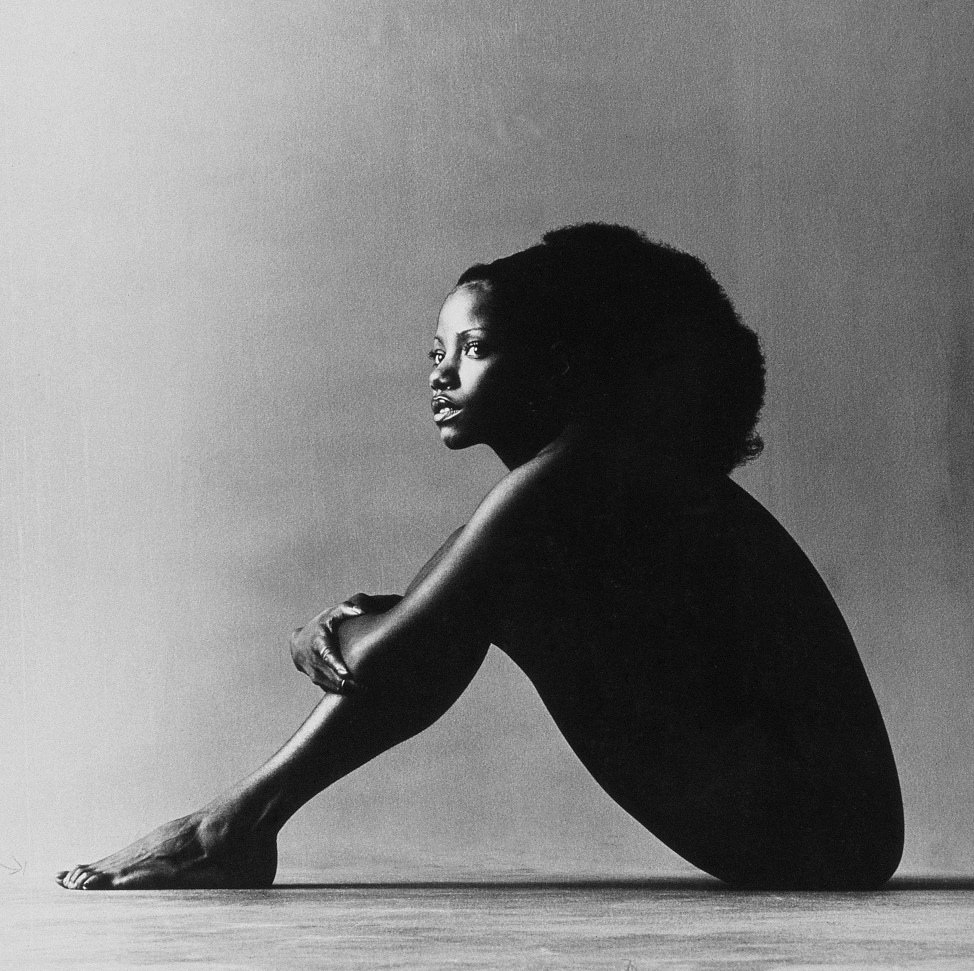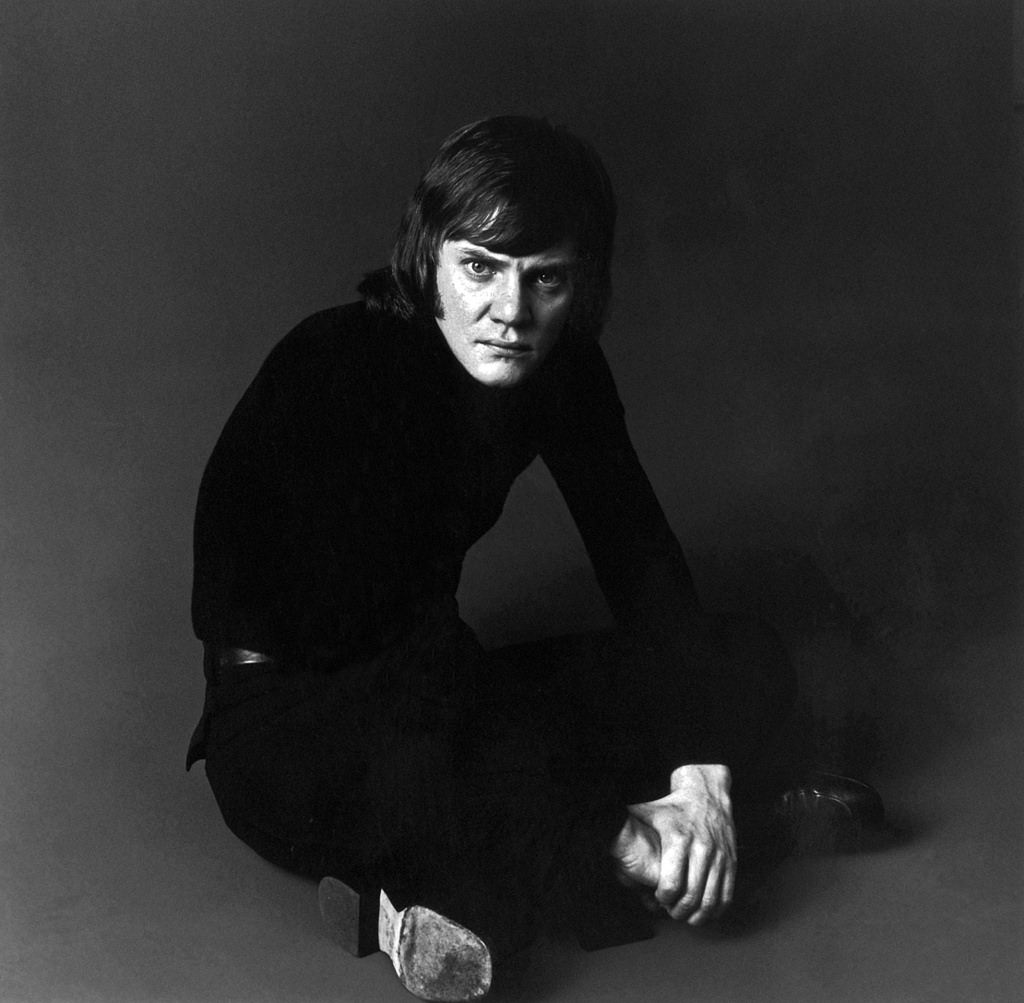When Dan Oppenheimer opened the closet in Jack Robinson’s apartment, he uncovered a hidden treasure trove of celebrity history. What started as a routine task of sorting through a deceased co-worker’s belongings quickly turned into a remarkable discovery. Oppenheimer had known Robinson as a quiet, introverted man who worked with stained glass in Memphis. Robinson rarely spoke of his past, and no one seemed to know much about him. But behind the closet door, Oppenheimer found a side of Robinson that had been hidden away for years: Robinson had been a highly skilled and successful photographer, capturing some of the most iconic figures of the 1950s, ’60s, and ’70s.
The closet held boxes stacked with photographs of celebrities like Elton John, Joni Mitchell, Jack Nicholson, and The Who. What Oppenheimer had stumbled upon wasn’t just a few snapshots, but a vast collection of work from Robinson’s days as a commercial photographer in New York City. Robinson had worked for major publications, including *Vogue*, photographing some of the most recognizable faces of the time. In total, the archive contained around 150,000 prints, many of which featured celebrities in candid or intimate moments. Oppenheimer quickly realized that Robinson had been far more than the quiet man he knew from the stained-glass studio..
Read more
Born in small-town Mississippi, Jack Robinson had made a significant leap from his humble beginnings to the heart of New York’s social scene. By the 1960s, he had risen to prominence in the world of commercial photography. His work was part of a larger cultural landscape, capturing celebrities at a time when they were shaping modern culture. Many of Robinson’s subjects were not just famous but were central figures in music, film, and art, particularly those who frequented the same circles as Andy Warhol. Robinson’s photographs captured these icons during a pivotal era, at the height of their fame and influence.
One of the standout aspects of his photography is how it reflects the personalities of the subjects. His portrait of Elton John, for example, shows the musician in a way that feels both personal and larger-than-life, highlighting the mix of flamboyance and vulnerability that defined John’s persona during the ’70s. Photographs of Joni Mitchell and Jack Nicholson similarly display a sense of intimacy, as if Robinson had the ability to capture a moment that went beyond the usual posed shots expected from celebrity portraiture. These images reveal the human side of these stars, making them appear more approachable, yet no less iconic.
Robinson’s ability as a photographer was not merely technical but also emotional. He had a way of creating a connection with his subjects, resulting in portraits that felt genuine. Part of this may have come from Robinson’s own background. He was a man who lived a life full of contradictions—rising to the top of his field in New York while struggling with personal demons. In fact, his career eventually fell apart due to a combination of alcoholism and personal struggles, including the challenges of being a gay man in a time when that was far less accepted. By the time Oppenheimer knew him, Robinson had left his glamorous life behind and retreated into a quiet, solitary existence.
The contrast between Robinson’s past and how Oppenheimer had known him was stark. The quiet, meticulous man who only owned one plate, one mug, and who organized white buttons by size had once been at the center of a vibrant, chaotic scene. The photographs in his closet were a reminder of a life filled with energy and creativity—far removed from the simple life he chose to live in his later years. Despite his success in photography, Robinson seemed to turn his back on that world as he aged, focusing on his work in stained glass and distancing himself from the New York scene.



















